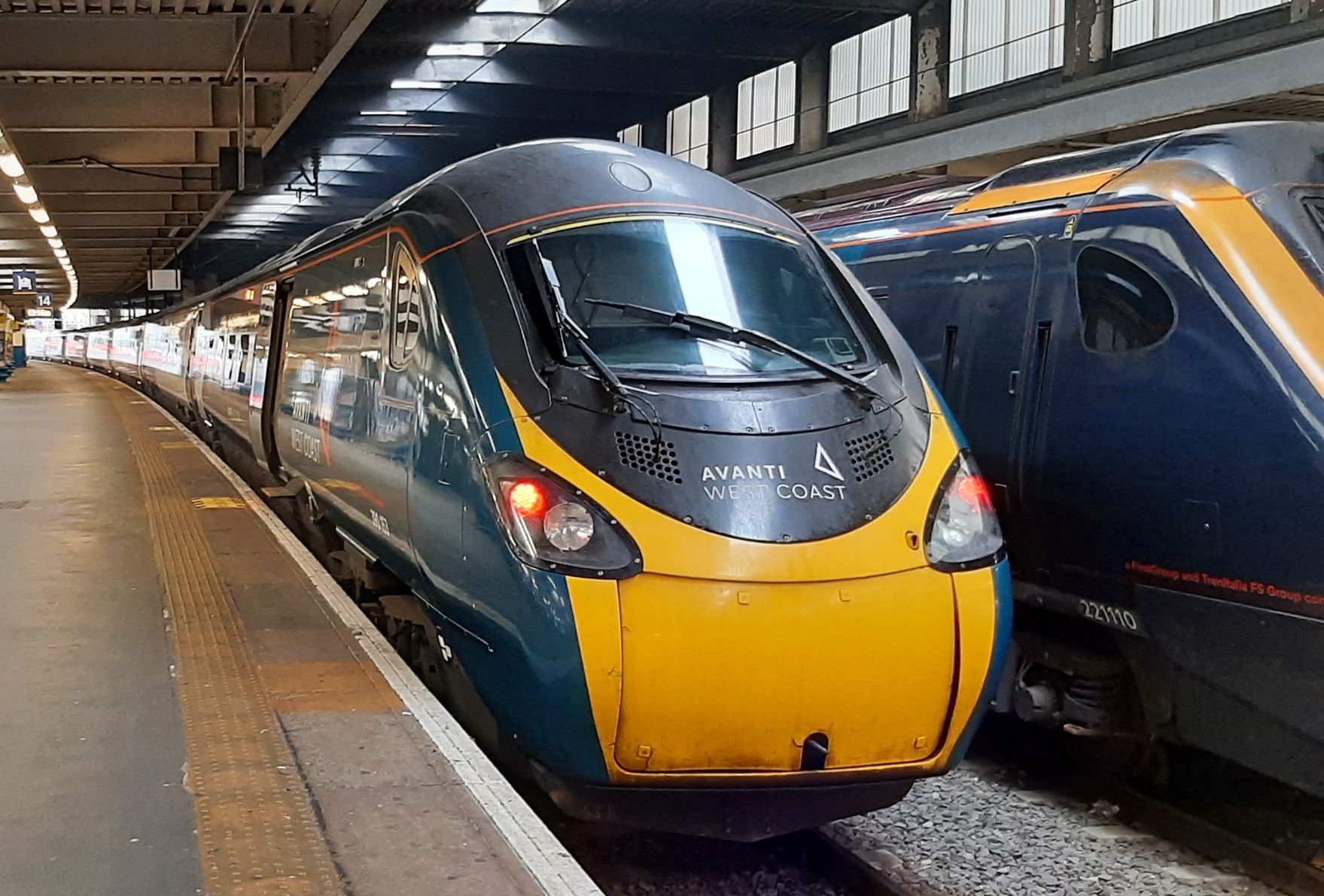Aucodys provides support in the area of railway applications
Aucodys has many years of experience in the rolling stock sector. The company has gained a lot of know-how over the years especially in the area of tilting technology and bogie monitoring and supports various companies in this area.

Aucodys also worked on the database-supported tilting technology, which works with the existing sensors (acceleration sensors, gyro sensors) on the leading bogie in front of the train and a database, a very precise positioning of the train is calculated with the help of a Kalman filter. With the knowledge of the precise position on the track and the database, the tilting process of the car is determined exactly. The car leans elegantly into the curve, comparable to a motorcycle. This system is now in the US use and can calculate an exact tilting signal despite relatively poor track conditions.
Bogie monitoring is becoming increasingly important for high-speed and cross-border trains, or is even required by the standard above a certain speed. For this reason, all bogies in this area are equipped with acceleration and temperature sensors for many train types. These sensors must meet certain criteria in order to provide correct signals and function correctly over a long period of time. For example, the measuring range of the acceleration sensor must be large enough so that there are no saturation effects, even with very high signal frequencies. A measuring range that is too small leads to non-linear signal behavior, which can also result in strong signal distortions in the useful frequency band (i.e. at lower frequencies).
To simulate and program the signal processing and the detection algorithms of the bogie monitoring is MATLAB and Simulink (MathWorks) useful. The detection system can be simulated with Simulink and the code can then be automatically generated for the monitoring computer. Other tools from MathWorks help ensure that the software meets the standards (EN 50657) for safety requirements (Safety Integrity).